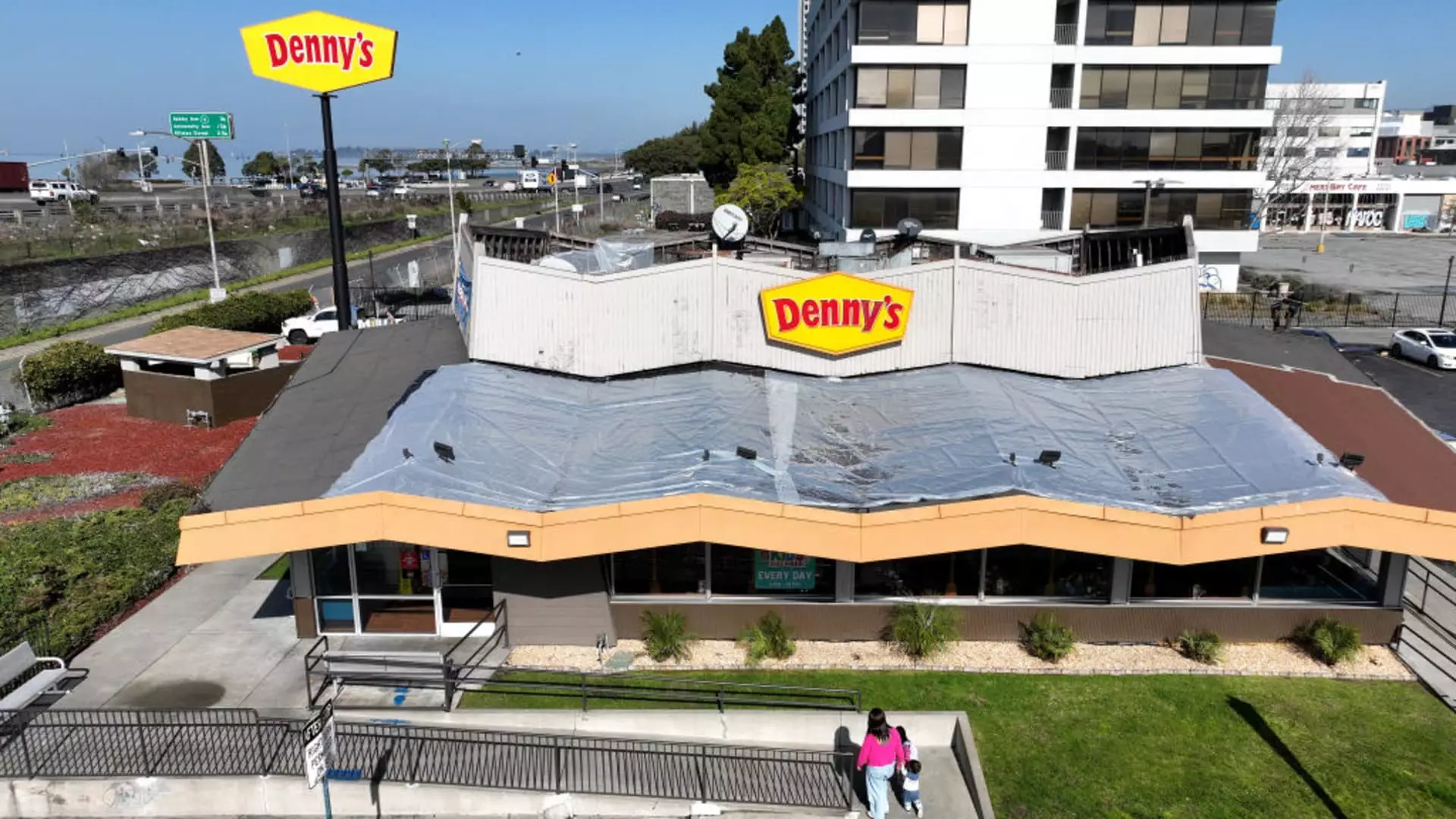The restaurant industry faced unprecedented challenges in 2024, marked by a significant decline in consumer spending as inflation continued to sap the budgets of American diners. As revenues dwindled, many chains opted to close underperforming locations, a strategy aimed at stabilizing their finances and reinventing their market strategies. The repercussions of this trend have reverberated throughout the sector, leading to a surge in bankruptcies and an alarming spike in the closure of established chains.
Data from Black Box Intelligence illustrated a worrying trend: U.S. restaurant visits plummeted during the first ten months of 2024. This was largely driven by inflation-weary consumers who sought value for money in all their expenditures, especially related to dining out. Budget-consciousness became a hallmark of consumer behavior, pushing families and individuals to frequent restaurants less often than before and gravitate towards businesses that offered attractive deals or promotions. This shift has directed foot traffic away from traditional casual-dining chains, which have struggled to adapt to the changing landscape of customer expectations.
Bankruptcy: A Widespread Phenomenon
The cascading effect of decreased restaurant visits culminated in a wave of bankruptcies. The year saw 26 restaurant chains filing for Chapter 11 protection, an alarming figure that was nearly three times the number during the peak of the pandemic in 2020. This not only reflects the deteriorating health of many businesses but also hints at a sector-wide instability that could redefine the dining landscape. While the pandemic acted as a catalyst, the ongoing economic pressures cemented a challenging environment that has forced many chains to reevaluate their operational statuses.
Among the hardest-hit sectors were casual dining chains, which have historically been viewed as staples of American dining culture. In 2024, several notable chains announced plans to close locations. For instance, Wendy’s made headlines with the announcement of 140 closures, supplementing the 80 it had already completed. The company plans to enhance its overall market presence through strategic closures, focusing on underperforming locations generating considerably low annual unit volumes. Despite the challenges, the company remains optimistic about stabilizing its restaurant count thanks to new openings.
Applebee’s parent company, Dine Brands, reflected similar struggles, announcing plans to shutter 25 to 35 locations as same-store sales dipped for six consecutive quarters. This mirrors a trend among other casual dining chains, which struggle to compete with the fast-casual revolution, embodied by establishments like Chipotle and Sweetgreen. Consumers increasingly choose these modern alternatives for their combination of convenience, quality, and perceived value.
As chains like Denny’s and TGI Fridays navigate the turbulent waters of 2024, they’re undertaking strategic shifts to reposition their brand identities. Denny’s, having announced the closure of about 50 locations, is actively working to enhance its market performance by consolidating its weaker units. The chain’s executives have indicated that they envision improved same-store sales after the closures, with plans to open new locations post-2025.
TGI Fridays faced a particularly challenging year, filing for bankruptcy but managing to close 86 restaurants preemptively. With their market footprint shrinking rapidly, the chain’s future hinges on decisions made in bankruptcy court, where the possibility of further closures looms. Similarly, franchises like Red Lobster and Noodles & Co. exemplify the tough retuning process in the industry, with Red Lobster reducing its locations significantly after a bankruptcy filing and Noodles reviewing their operations and menu offerings.
The restaurant industry’s struggles in 2024 serve as a cautionary tale of shifting consumer preferences and the imperative need for adaptation. The closures and bankruptcies signify not merely a wave of losses, but also represent an opportunity for transformation and renewal within the space. Chains must reimagine their customer engagement strategies, innovate their menu offerings, and realign their market positions to resonate with an evolving consumer base. Moving into the future, only those who can effectively balance convenience, quality, and value will navigate the choppy waters ahead.

